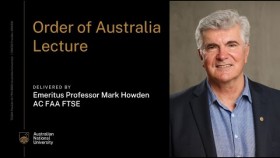Four ways to fusion: The pros and pitfalls of our nuclear power pursuit
For nearly a century, scientists have been tantalized by the prospect of attaining an inexhaustible source of energy through nuclear fusion. Unfortunately, engineering a controlled environment where atomic nuclei can continuously fuse under extreme pressure and temperature to produce energy that we can capture is very difficult, but that doesn't mean exciting advances aren't being made. Here we take a look at some of the different approaches to nuclear fusion, and the reasons why some appear more promising than others.
Fusion and fission are different processes for producing nuclear energy. Where nuclear fusion seeks to combine separate atoms into a larger one, nuclear fission relies on breaking apart an atom (usually Uranium 235) by striking it with a neutron. Both processes release huge amounts of energy, though fusion produces more.
This energy produced by nuclear fission is captured inside reactors, like those at Fukushima and Chernobyl, and used to heat water into steam, which spins a turbine and generates electricity. But this process creates waste products that can remain radioactive for millions of years, which, as we have seen at Fukushima and Chernobyl, can become a disaster when things go awry.
Read the full article on the New Atlas website, featuring Assoc. Prof Matthew Hole











